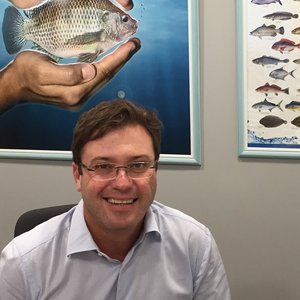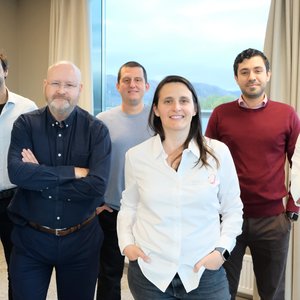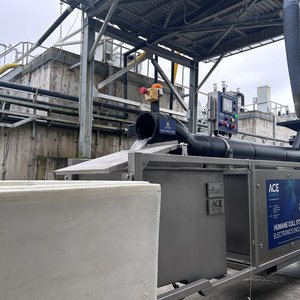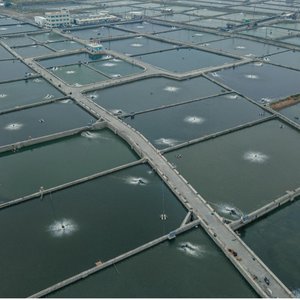The EU project CrispResist project aims to improve the Atlantic salmon’s innate genetic resistance to salmon lice. Researchers are investigating why genes of various species of Pacific salmon make them more resistant to salmon lice. Researchers plan to apply this knowledge to gene-edit the eggs of Atlantic salmon using CRISPR-Cas9. The purpose here is to confirm whether the genes they identify can be edited to increase the resistance of farmed salmon to salmon lice.
The University of Bergen’s Aina-Cathrine Øvergård and Helena Marie Doherty Midtbø have recently joined CrispResist. Øvergård worked at the Sea Lice Research Center, a hub for research-driven innovation, from 2012 to 2019. Together with Midtbø, she has continued the research started at the center in two FHF projects, ModuLus and SaliVax, in which they are specifically examining the host-parasite interaction between the salmon and sea lice.
“Aina and Helena will contribute skills and more knowledge about salmon lice, and make the project more comprehensive,” said Nofima’s Nick Robinson, project manager for CrispResist. They specialize in the characterization of proteins in the salivary glands of the lice, which can attenuate the salmon’s immune response. They will continue studying how these immunomodulatory proteins can be used in vaccines against lice.
But Øvergård and Midtbø are now motivated to take the basic research they conduct on salmon lice in a new direction. “I think it’s important that basic research can ultimately be channeled into trying to solve a problem. We hope we can be an important piece in the big puzzle, and perhaps help the project incorporate a lice-centered perspective,” said Aina-Cathrine Øvergård. The immunomodulatory proteins from the lice can potentially override some edits in the salmon, which is why increased knowledge of these is important.
“Joining CrispResist gives us the opportunity to more specifically investigate how the proteins act and influence each other. In vaccine development, you need to know that a protein affects the salmon’s immune system, but you don’t need to understand how. In gene editing, it’s important to have a deeper understanding of what is really happening, since gene editing requires great precision,” said Helena Midtbø.
If the research in CrispResist confirms that the genes can be edited with a positive result, it does not mean that gene editing can be implemented as a tool in salmon farming. Implementation requires both government approval and consumer acceptance, as well as industry interest.
Vaccines are not excluded from the strategy. “We still have faith in vaccines against salmon lice but that does not exclude gene editing as a new approach. A combination of gene editing and vaccination could produce a higher lice resistance than one of these approaches alone. Moreover, vaccines are already an accepted method. You can get one onto the market within five years,” said Midtbø.
The CrispResist project is funded by the Norwegian Seafood Research Fund (FHF). CrispResist is led by Nofima. The partners are the University of Edinburg, the University of Stirling, Rothamsted Research (UK), the University of Melbourne (Australia), the University of Prince Edward Island (Canada), the Bigelow Laboratory for Ocean Sciences (USA), and the University of Gothenburg (Sweden), as well as the Institute of Marine Research and the University of Bergen from Norway. Benchmark Genetics, Salmar and MOWI are industry partners.












